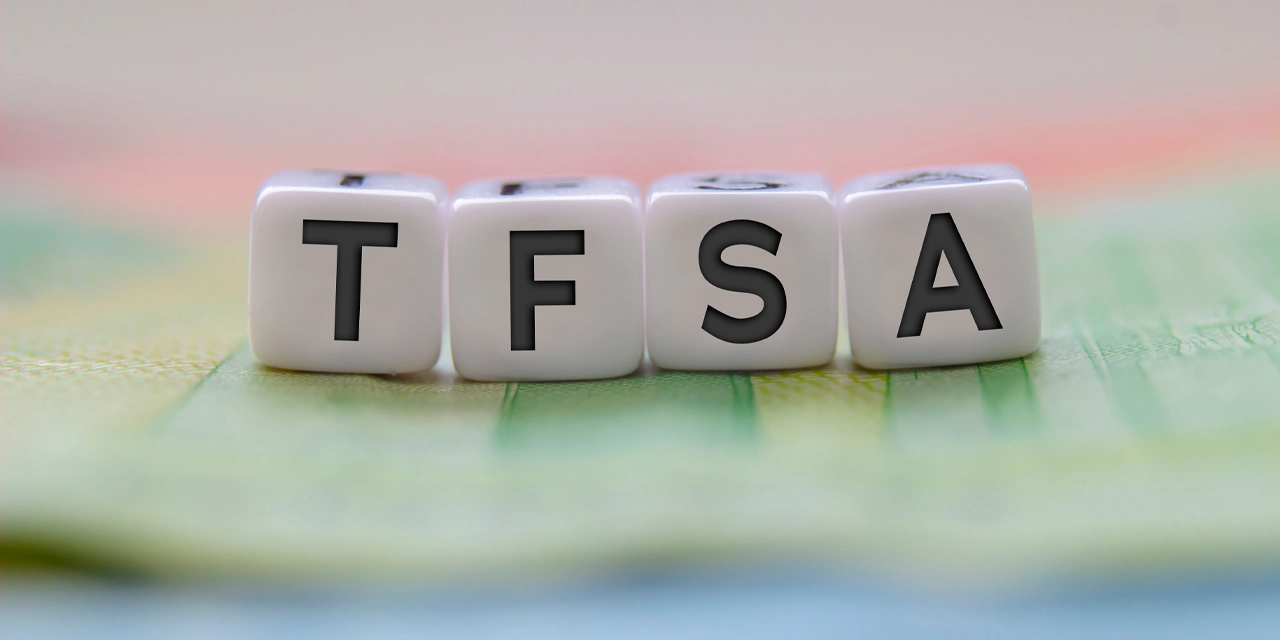Registered Retirement Savings Plans (RRSP) are the most popular vehicle for Canadians saving for retirement. It is recommended that you maximize your RRSP contribution each year to defer as much tax as possible while accumulating funds for your retirement. However, there is a question over how much you should invest in your RRSP is based on your unique personal circumstances.
Firstly, it is important to understand the three reasons why you may want to maximize your RRSP contributions:
1. RRSP Contributions Are Tax Deductible
One of the benefits of an RRSP is its tax-deductible nature. When you contribute to your RRSP, you are reducing your taxable income for the year in which you make the contribution. This translates into tangible tax savings, particularly beneficial if you find yourself in a higher tax bracket. In addition to that, the flexibility of RRSP contributions allows you to strategize effectively. If your income is lower in a given year, you can carry forward the deduction for your contribution to a future year. That can allow you to your tax savings at a more opportune time.
One important consideration when thinking about maximizing your RRSP contribution is your marginal tax rate (or your tax bracket). If you are in a low tax bracket, then you would be deferring less taxes than if you were in a higher tax bracket. Consequently, it might not make sense to maximize your RRSP contribution and instead consider investing in a Tax Free Savings Account.
You should discuss your options with your financial advisor.
2. RRSP Investments Grow Tax-Free
Another compelling aspect of maximizing RRSPs is the tax-free growth potential they offer. When you invest your RRSP contributions, you do not have to pay taxes on any investment income or capital gains as long as they remain in the account. This tax-deferred growth mechanism allows your RRSP investments to compound at an accelerated rate. That allows your RRSP investments to grow faster.
Generally, you can contribute 18% of your previous year’s earned income to your RRSP subject to a maximum of $30,780 in 2023. However, if you did not use all your RRSP contribution limit for the particular year, you can carry forward any unused amount to the following year. This means that you can catch up on your retirement savings by making larger contributions in the years ahead, ensuring you make the most of your RRSP account.
If your financial circumstances permit, then you should maximize your RRSP contribution.
3. Reduction of taxable income in peak earning years
As your career progresses and you enter peak earning years, your tax liability may increase. Maximizing RRSP contributions during these years not only lowers your immediate tax bill but can also help you manage your taxable income as you approach retirement.
The benefits of maxing out RRSP contributions extend beyond just tax savings. They include the potential for significant wealth accumulation, retirement security, and strategic income management during your working years. Understanding and leveraging these RRSP account benefits can be a crucial step in achieving your long-term financial goals.
Unlocking the RRSP Benefits: Exploring Types of Investments
RRSPs offer Canadians a wide array of investment options, each with its own set of RRSP benefits. These investment choices empower investors to tailor their retirement planning strategy to align with their financial goals and risk tolerance.
-
-
- Stocks: Investing in stocks within your RRSP provides the potential for long-term capital appreciation. RRSPs offer the added benefit of tax-sheltered growth, meaning you won’t be taxed on capital gains or dividends until you withdraw funds. This tax deferral can significantly enhance your investment returns over time.
- Mutual Funds: RRSPs can hold a diverse range of mutual funds, which pool money from multiple investors to invest in various securities. On top of diversification benefits, the compounded growth within RRSPs is a tax-efficient way to reap the rewards of mutual fund investments.
- Exchange-Traded Funds (ETFs): ETFs provide investors with a cost-effective and flexible way to access a wide range of assets, sectors, or regions. ETFs that are eligible to be held in an RRSP, benefit from tax differed growth, enhancing the long-term value of your investment.. Products like Harvest’s Equity Income ETFs can provide the diversification and income potential needed to make the most of your RRSP investing strategy.
- Real Estate Investment Trusts (REITs): RRSPs can hold investments in REITs, which generate rental income from properties. The tax advantages of RRSPs can help maximize the benefits of REIT investments by sheltering rental income and capital gains from taxation.
- Bonds: Bonds are a more conservative RRSP investment option. They offer stable, fixed-income returns and are considered a lower-risk choice compared to stocks. RRSPs can amplify the benefits of bonds by allowing your interest income to grow tax-free until withdrawal.
- Guaranteed Investment Certificates (GICs): GICs are low-risk, interest-bearing investments. When held within an RRSP, GICs continue to offer security while allowing your interest income to grow tax-free.
-
Optimizing RRSP Savings
RRSPs permits the holding of many different investment choices that can align with your risk tolerance and financial goals. These investment options take advantage of the RRSP benefits of tax-deferred growth and potential tax savings, making them a powerful tool for Canadians looking to secure their financial future in retirement.
It is important to consult with a financial advisor to determine the mix of investments that best suits your unique circumstances and helps you maximize your RRSP benefits.
To learn more about how different types of investments can fit into your RRSP, read here.











